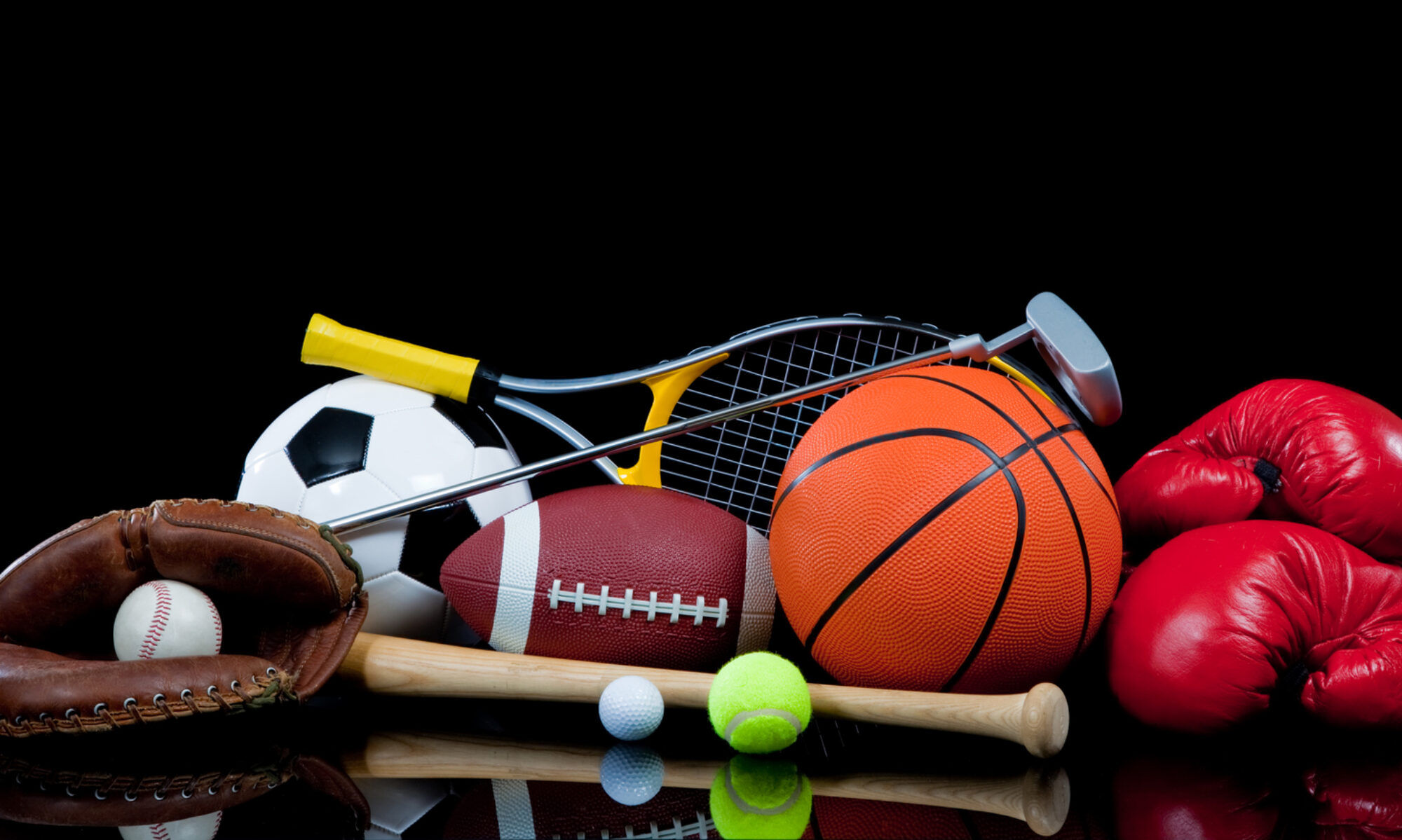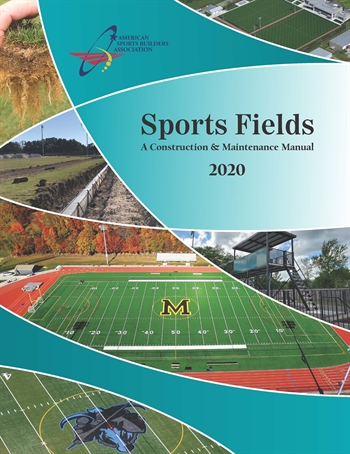Arthur Lydiard had been a very significant distance running coach coming from New Zealand and his legacy has had substantial influence over the training of runners today. Arthur Lydiard has been recognized for making running or jogging popular in the late 60’s and early 1970’s. Many have even proposed that Arthur Lydiard possibly even created jogging. He coached many Olympic winners from NZ in the 1960s (Peter Snell, Barry Magee and Murray Halberg) together a tremendous impact via some other mentors on various other prominent NZ runners for example John Walker who was the first person to run greater than 100 sub-4 minute miles and also run a mile faster than 3 minutes and 50 second. He was born 6 July 1917 and passed on on 11 December 2004 at the age of 87. He has had been given a number of accolades in his own NZ and in Finland where his guidance became accountable for an increase of Finnish distance running during the early 70’s. The publication, Runners World named Lydiard as the coach of the century as part of their millennium issue. As an athlete himself, Lydiard took part in the marathon at the 1950 British Empire Games, finishing thirteenth having a time of 2hr 54m. Lydiard’s influence on running continues to be enormous and way over and above his personal achievements as a runner himself.
As for Lydiard’s running approach, he believed in separating the season into unique training periods or stages. The base or background time period was the endurance phase which was comprised of at least ten weeks of highest miles that the runner is capable of doing in order to improve their aerobic foundation or background. That’s where his common 100 miles each week originated from as he deemed this to be the optimum. He strongly suggested for the lengthier runs would be about 20 miles. These kinds of distances are run at a pace that was slightly below the anaerobic threshold and is maintained as a stable aerobic speed. The aim should be to build the largest endurance foundation possible for the subsequent phases. The subsequent period had been the uphill training phase which usually chiefly consist of uphill bounding or springing exercises to build power in the legs which was commonly carried out three times a week. Some middle and long distance aerobic work is still done throughout this period which may go on for approximately four or so weeks. The subsequent 4 or so week period was called the sharpening or speed period in which some anaerobic interval and speed work training is completed so the athlete may improve your speed. After that 4 week phase, the difficult running is backed off and the concentration will then be on remaining sharp and fresh for racing.
Many think about it unlikely that any coach are ever going to have more impact on the coaching methods of middle and long distance runners than him. The plan which he created transformed middle and long distance training with regard to the level of work he believed a runner must be undertaking. The running plans was comprised of lots of working hard. The majority of coaching programs made use of by runners nowadays can track their origins back to what was recommended by Arthur Lydiard.




